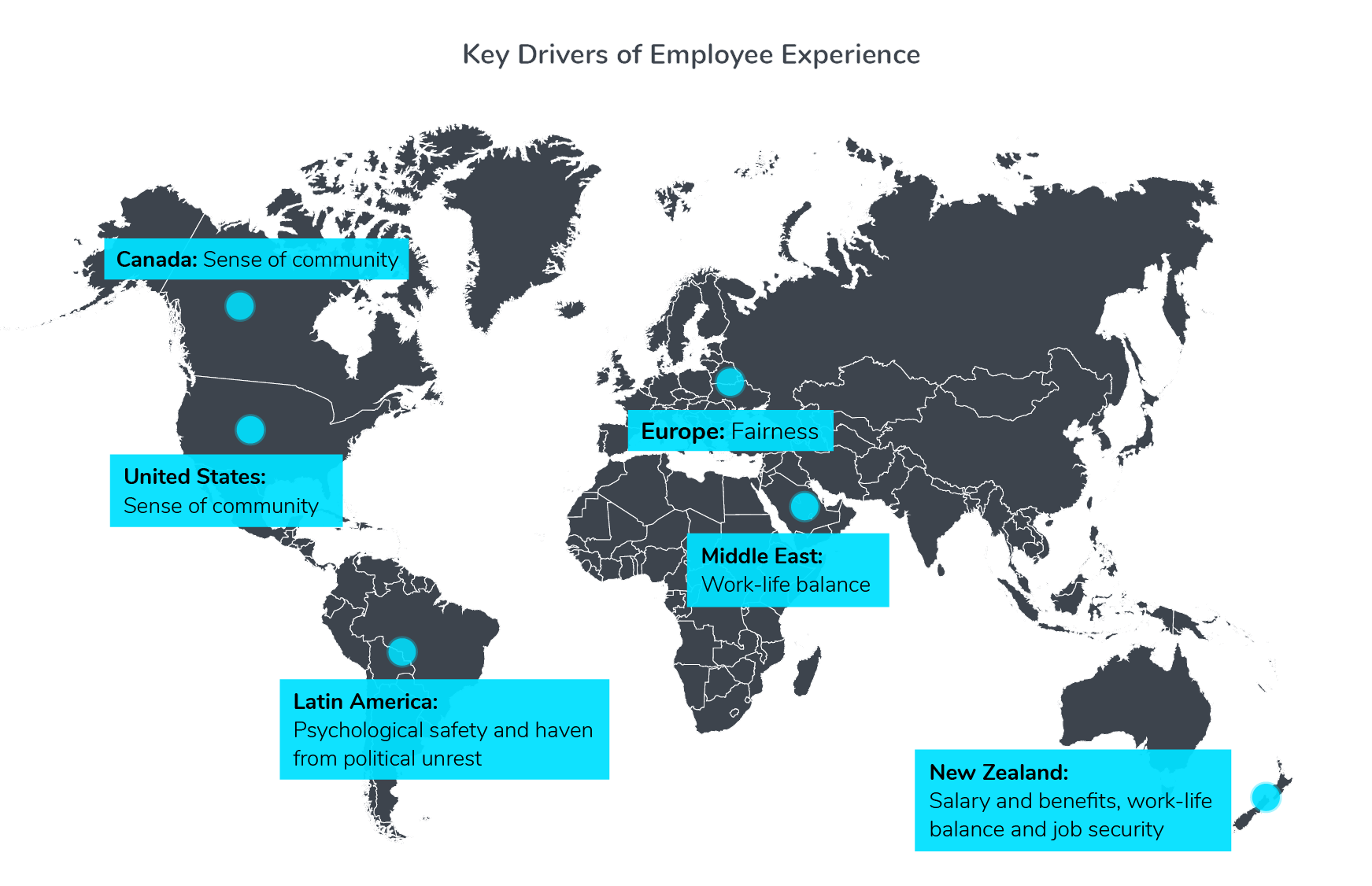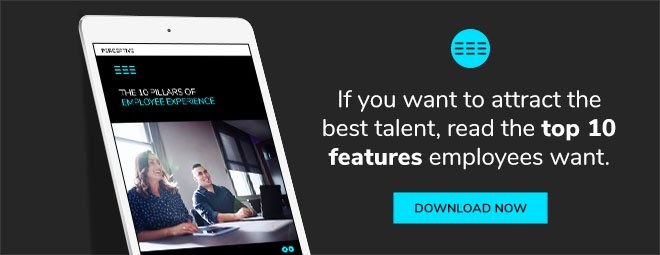In the 1990s a landmark study provided concrete evidence for what many businesses had intuitively known for years: engaged employees improve customer retention, customer satisfaction and a business's bottom line.
Thirty years later, employee engagement is fast evolving into employee experience (EX). Businesses have learned that wowing customers starts with wowing employees first.

Why has EX become a major focus?
Just as the best brands offer more than a product, the best employers offer more than a job. They offer an experience. And businesses have woken up to this fact. Just this year, Gartner has listed enhancing employee experience as one of the top five priorities for HR leaders after a global survey revealed that 46 per cent of employees are dissatisfied with their workplace experiences.
However, having engaged employees does more than improve customer experience and retention. It makes businesses more profitable, with organisations that invest in EX being four times more profitable than those that don’t1. A strong employee experience increases staff happiness and engagement, which studies have shown boosts productivity by 31 per cent and accuracy on tasks by 19 per cent.2
There’s less staff turnover too. Perceptive’s recent survey of New Zealanders found that 95 per cent of employees who find their job meaningful think they will stay in their current job for more than two years. By reducing staff turnover, businesses are also reducing the cost of hiring new staff members, which can be 33 per cent of that employee’s annual salary, as well as the time and productivity loss from training up the recent recruits.
The key drivers of employee experience?
There’s no one size fits all when it comes to building employee experience in a business. What employees value in a workplace can change drastically from country to country—something international business should take note of.
New Zealand employees, for example, value salary and benefits, work-life balance and job security most in an employer. In Latin America, meanwhile, staff seek psychological safety and a workplace that offers a haven from political unrest. In Europe, fairness is prized, while in the Middle East, work-life balance is number one. In the United States and Canada a workplace’s sense of community is the driving factor.3 
Related content: The 10 Pillars of Employee Experience
What this shows is that there are multiple factors at play when it comes to establishing the foundations of a company’s employee experience. From political and economic factors, to industry fluctuations and disruptive technology, these can all influence the qualities employees are looking for in an employer. It can even vary according to business size. For example, employees of a small start up, where the rate of financial failure is exceedingly high, are likely to value job security more than employees at a financially secure multinational.
Read more about different types of engagement.
Where to from here?
Competition for talent is growing in the modern marketplace. If you want to attract and retain good employees, it is critical to understand what they want in their workplace—and if in doubt, ask! Only once you know what your employees value can you start to formulate strategies to enhance your employee experience.
Read more: Employee satisfaction strategies from EX leaders
Want to create an inclusive and positive workplace? Uncover the 10 Pillars of Employee Experience to engage your employees and build a healthy workplace culture.
- Morgan, J. Why the Millions We Spend on Employee Engagement Buy Us So Little. Harvard Business Review, 2017.
- Achor, S. The Happiness Dividend. Harvard Business Review, 2011.
- Fraueheim, E. The Biggest Driver of Employee Engagement in the US. Great Place to Work, 2019.
